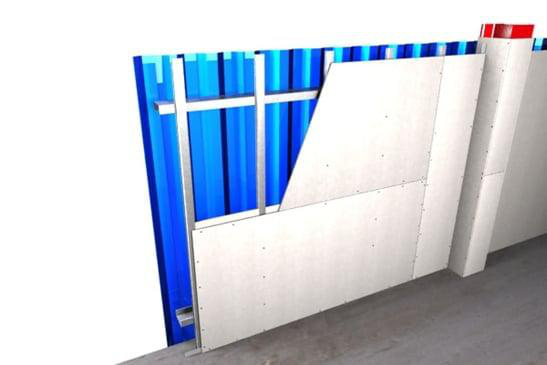Fire Protection of External Walls
In the case of external walls, the proximity of a building to the relevant (facing) boundary determines the probability of it being a danger to other buildings on adjoining sites (if it is on fire) or it being at risk from a neighbouring building on fire. Requirements made in connection with building regulations therefore specify different performances for external walls depending upon their distance from the relevant boundary.
Where the walls are permitted to provide fire resistance only from the inside, loadbearing capacity and integrity are required to be satisfied for the full period, whereas insulation is sometimes required for only 15 minutes. This means that satisfactory constructions will be very different from those required to maintain insulation for the full period and where fire resistance is required from either side.


